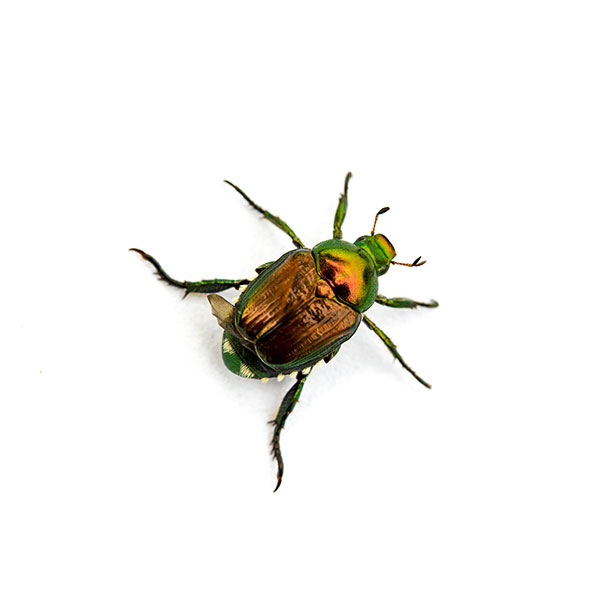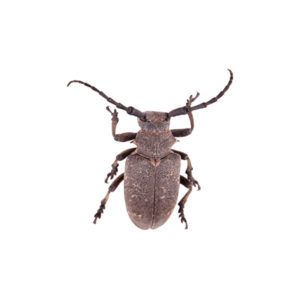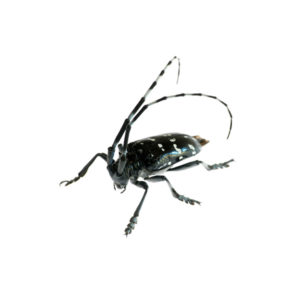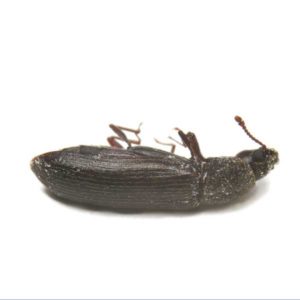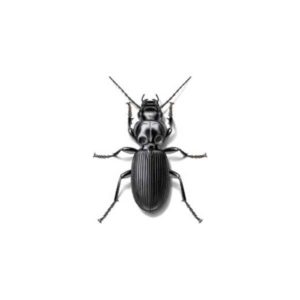Japanese Beetles in Albuquerque NM
The Japanese beetle is a widespread and destructive pest of lawns, landscape, and ornamental plants in the United States. Difficult and expensive to control, these beetles feed on grassroots, damaging turf, golf courses, and pastures. Japanese beetles were first found in the U.S. in 1916 in New Jersey and have since spread throughout most states east of the Mississippi River.
Japanese Beetle Identification
Adult beetles are oval beetles. Metallic green in color with coppery colored wing covers, they possess five patches of white tufts of hair on either side of their abdomen. Their antennae are clubbed at the end and may spread to a fan-like form. These beetles cannot fly very long distances but will travel to get to an adequate food source.
Japanese Beetle Threats
Japanese beetles are a serious pest of turf, trees, shrubs, flowers, and crops. Although adults will feed on over 300 species of plants, grubs feed mainly on the roots of grasses. These beetles are especially common on roses, beans, grapes, and raspberries. Japanese beetles have a voracious appetite and are most active on warm sunny days, feeding in groups under direct sun.
Due to their distinctive feeding pattern, damage caused by Japanese beetles can be easy to recognize. These pests feed on the soft tissue between leaf veins, leaving behind a skeletonized, lace-like pattern. The grubs damage grass as they overwinter and feed in soil, which can result in brown patches of dead or dying grass that pulls up easily due to their weakened roots. Adult beetles can fly, allowing them to easily move throughout a homeowner’s landscape. These pests begin eating at the top of plants and work their way down.
Japanese Beetle Extermination & Control
If Japanese beetles are destroying your lawn or garden or if you just want to prevent an infestation, the following prevention tips can be helpful:
- Handpicking beetles from plants is very effective and works best in the early morning. Using gloves, pluck beetles from grass and plants, and do not crush. Dispose of them by dropping into a bucket of soapy water. This is one of the most humane ways to eliminate Japanese beetles.
- Promptly remove diseased or dying plants, trees, fruits, and vegetables as Japanese beetles are attracted to rotting and overripe plants.
- Choose plants wisely. Certain plants like roses, beans, fruit trees, and grapes are particularly attractive to these beetles. Avoid or limit the installation of these plants to avert an infestation.
- At night, cover your plants with large drop cloths. In the morning, when beetles are most active, remove the cloth and dispose of any beetles utilizing the above bucket of soapy water method.
If you have tried all the above measures and still experience Japanese beetle issues, it is best to consult a licensed pest control operator for interior pesticide treatments.
Need help with Japanese beetles?
We'll call you! Leave your information below.

